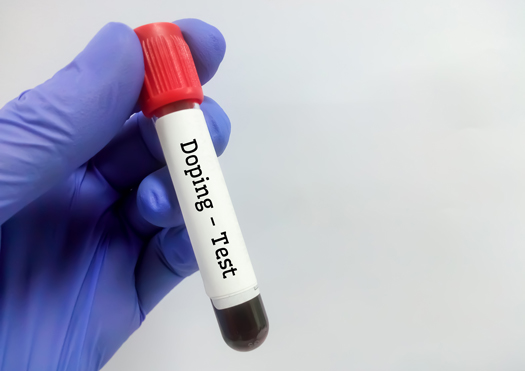3 What is the current focus of doping research?
Now you are going to compare your brief insight of the doping-related topics that BBC News features to the focus of academic research. While media reporting responds within hours to unfolding events or announcements, research obviously takes far longer and attempts to answer research questions, with data collection and publication often taking many years. How great is the difference between what doping researchers investigate and that of the media?
Activity 3 Your overview of academic doping research
Go to Google Scholar [Tip: hold Ctrl and click a link to open it in a new tab. (Hide tip)] and search the words “Doping sport” (note that the use of double quote marks will search for ‘doping sport’ as a phrase), limiting the results to the last five years using the ‘custom range’ option on the Google Scholar results screen. Try to categorise the first 20 results from this search. Here are two categories to get you started:
- The science of, or physiological impact of doping.
- The psychology/behaviour/attitudes of doping athletes.
Often the journal title in which research is published will give some indication of a possible subject area categorisation (e.g. a legal journal would be concerned with the laws and procedure used in disputes). Try to identify any other categories in addition to the two above.
Discussion
At the time of writing the psychology/behaviour related category was the most common type of article. These focus on individual experiences and perceptions to better understand why athletes dope. There were also some articles in the science/physiology related category. Two other categories were found: one related to the ethics of doping and another to the frequency/prevalence of doping. How similar or contrasting are these to your own findings?
The media focus, and therefore public understanding, of doping is very different to research. It is noticeable that we do not often hear athletes’ accounts in the media of why they doped. However, researchers are trying to investigate this in detail (e.g., Underwood, van de Ven and Dunn, 2021). It is often the contrast between the two channels of knowledge (i.e., media accounts and research) that brings a contemporary issue to life, creating debate and public dialogue including social media discussion.
There is sometimes a disconnect between how the public view a contemporary issue such as doping and how researchers view it; for example the BBC reporting was largely focused on bans, sanctions and particular nations. This is further complicated because investigating doping can be difficult because groups of doping athletes are unlikely to take part in research for obvious reasons; they are hard to reach and therefore it can be difficult to build a sound evidence base of their behaviour.

